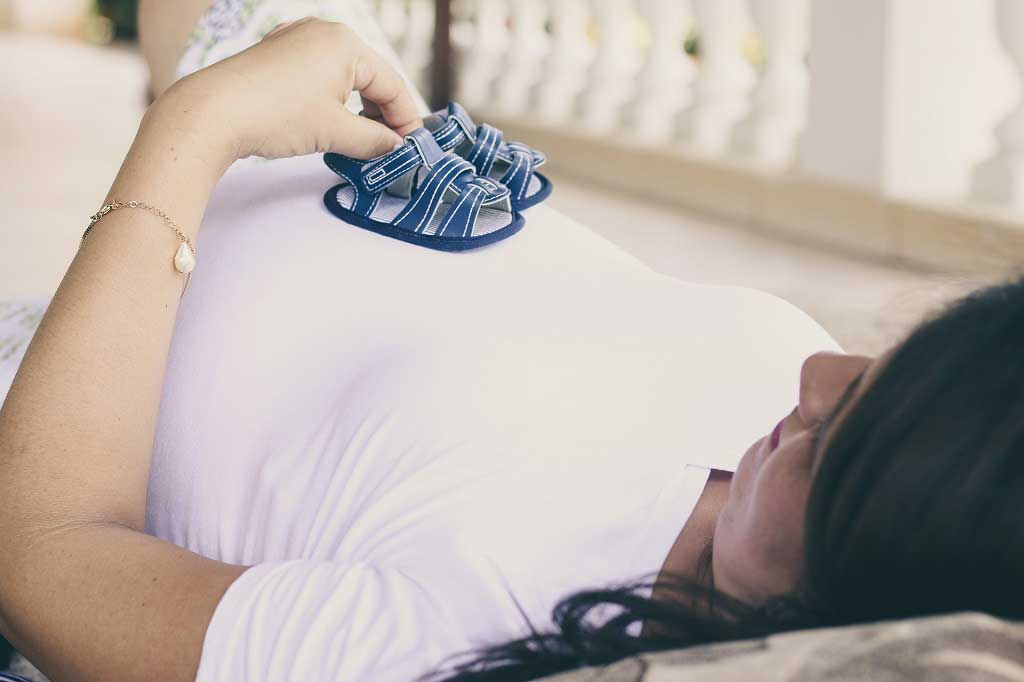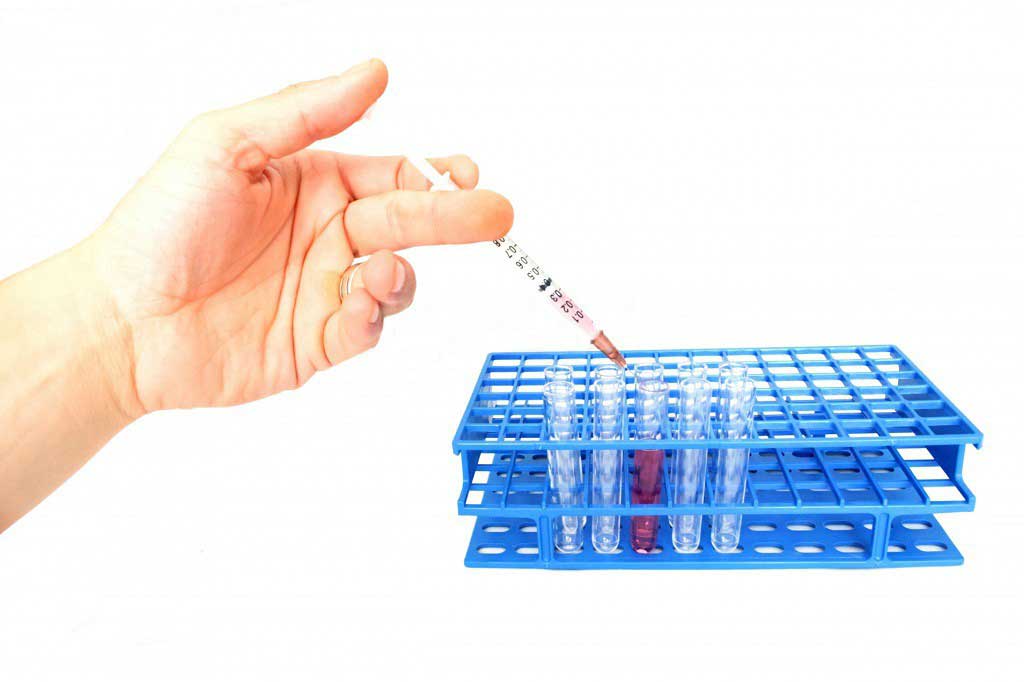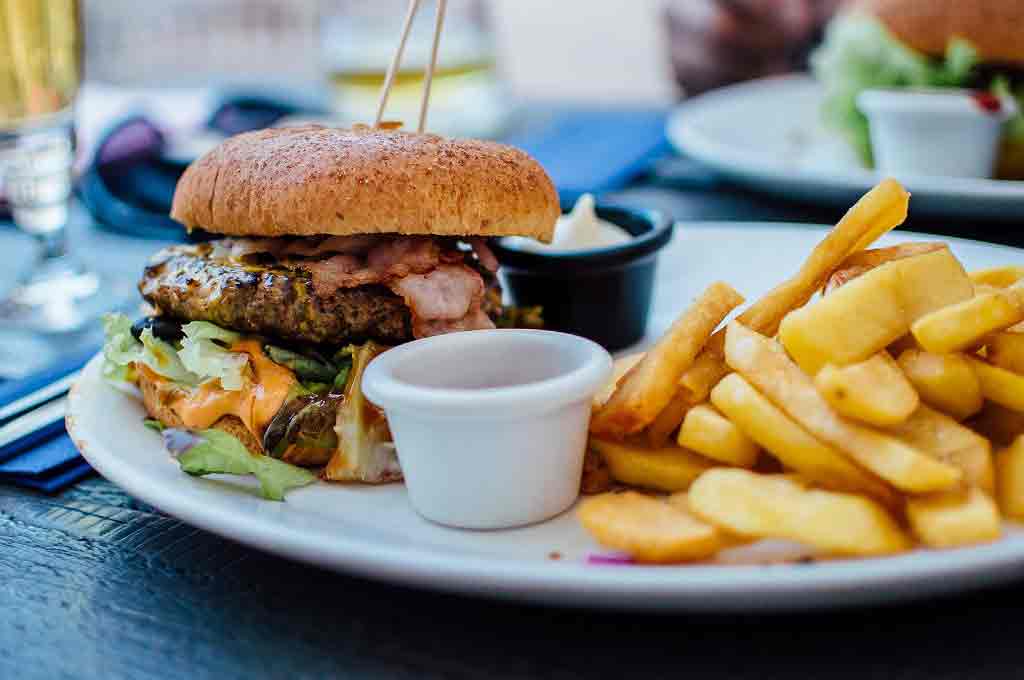High blood pressure
Diagnosis
High blood pressure (hypertension) doesn't usually have any symptoms, so the only way to find out if you have it is to get your blood pressure checked.
Healthy adults aged over 40 should have their blood pressure checked at least once every five years.
If you're at an increased risk of high blood pressure , you should have your blood pressure checked more often ideally once a year.
Having this done is easy and could save your life.
This page covers:
Ambulatory (24-hour) monitoring
Where to get a blood pressure test
You can ask for a blood pressure check you don't have to wait to be offered one.
Blood pressure test is available:
- at your GP surgery by a GP, practice nurse, healthcare assistant or self-service machine
- atsome pharmacies
- at an NHS Health Check appointment offered to adults aged 40-74in England
- in some workplaces
- at a health event
You can also test your blood pressure at homeusing a home testing kit .
The test
A stethoscope, arm cuff, pump and dial was normally used to measure your blood pressure, but automatic devices with sensors and digital displays are commonly used nowadays.
It's best to sit down with your back supported and legs uncrossed for at least five minutes before the test.
You'll usually need to roll up your sleeves or remove any long-sleeved clothing so the cuff can be placed around your upper arm. Try to relax and avoid talking while the test is carried out.
During the test:
- you hold out one of your arms so it's at the same level as your heart, and the cuff is placed around it your arm should be supported in this position with a cushion or the arm of a chair, for example
- the cuff is pumped up to restrict the blood flow in your arm this squeezing may feel a bit uncomfortable, but only lasts a few seconds
- the pressure in the cuff is slowly released and detectors sense vibrations in your arteries a doctor will use a stethoscope to detect these if your blood pressure is measured manually
- the pressure in the cuff is recorded at two points as the blood flow starts to return to your arm these measurements are used to give your blood pressure reading
You can usually find out your result straight away, either from the healthcare professional carrying out the test or on the digital display.
If your blood pressure is high, you may be advised to record your blood pressure at home to confirm whether you have high blood pressure.
Ambulatory (24-hour) monitoring
Having a raised blood pressure reading in one test doesn't necessarily mean you have high blood pressure.
Blood pressure can fluctuate throughout the day. Feeling anxious or stressed when you visit your GP can also raise your blood pressure.
If you have a high reading, you may be asked totake some readings witha home blood pressure monitor or wear a 24-hour monitorthat checks your blood pressure throughout the day. This will confirm whether you have consistently high blood pressure.
This is known as24-hour or ambulatory blood pressure monitoring (ABPM).
Home testing
Blood pressure tests can also be carried out at home using your own digital blood pressure monitor.
Like 24-hour or ambulatory monitoring, this can give a better reflection of your blood pressure. It can also allow you to monitor your condition more easily in the long term.
You can buy a variety of low-cost monitors so you can test your blood pressure at home or while you're out and about.
It's important to make sure you use equipment that has been properly tested. The British Hypertension Society (BHS) has information about validated blood pressure monitors that are available to buy.
Understanding your blood pressure reading
Blood pressure is measured in millimetres of mercury (mmHg) and is given as two figures:
- systolic pressure the pressure when your heart pushes blood out
- diastolic pressure the pressure when your heart rests between beats
For example, if your blood pressure is "140 over 90", or 140/90mmHg, it means you have a systolic pressure of 140mmHg and a diastolic pressure of 90mmHg.
As a general guide:
- high blood pressure is considered to be140/90mmHg or higher (oran average of 135/85mmHg at home)
- ideal blood pressure is considered to be between 90/60mmHg and 120/80mmHg
- low blood pressure is considered tobe 90/60mmHg or lower
A blood pressure reading between 120/80mmHg and 140/90mmHg could mean you're at risk of developing high blood pressure if you don't take steps to keep your blood pressure under control.
Find out more about what your blood pressure result means.
Introduction
High blood pressure, or hypertension, rarely has noticeable symptoms. But if untreated, it increases your risk of serious problems such as heart attacks and strokes. If your blood pressure is too high, it puts extra strain on your blood vessels, heart and other organs, such as the brain, kidneys and eyes.
Causes
In most cases, it's not clear exactly what causes high blood pressure (hypertension). But there are several things that can increase your risk. In about 1 in 20 cases, high blood pressure occurs as the result of an underlying condition, medication or drug.
Diagnosis
High blood pressure (hypertension) doesn't usually have any symptoms, so the only way to find out if you have it is to get your blood pressure checked. Healthy adults aged over 40 should have their blood pressure checked at least once every five years. Blood pressure tests can also be carried out at home using your own digital blood pressure monitor.
Treatment
Simple lifestyle changes can often help reduce high blood pressure (hypertension), although some people may need to take medication as well. Your GP can advise you about changes you can make to your lifestyle and discuss whether they think you would benefit from medication.
Prevention
High blood pressure can often be prevented or reduced by eating healthily, maintaining a healthy weight, drinking alcohol in moderation, not smoking and regular exercise can also help you lose weight, which will also help lower your blood pressure,
Patient story: "My diet and lack of exercise contributed greatly to my stroke."
Andy Jones liked to eat a lot of salt with his food. Whatever he ate, whether it was a Chinese takeaway or fish and chips, Andy would always add plenty of seasoning which had raised his blood pressure to dangerous levels. High blood pressure caused his arteries to fur up and put extra strain on his heart.







 Subscribe
Subscribe Ask the doctor
Ask the doctor Rate this article
Rate this article Find products
Find products